Sites of Impact
Stan Gaz brings together 85 gorgeous portraits of “impact sites”—pockmarks on the Earth marking where the planet’s been struck by meteorite fragments.

Interview by Rosecrans Baldwin
How did you first become interested in meteorite impact sites?
This work was inspired by my father and also my “Ash” series. My father was a geologist and he would take me on expeditions when I was young. We would go rock hunting. My job was to carry the canteen. My “Ash” work is about mortality. This work was another way to explore that idea. Continue reading ↓
Stan Gaz’s new book Sites of Impact is now available from Princeton Architectural Press. All images used with permission, © copyright the artist, all rights reserved.
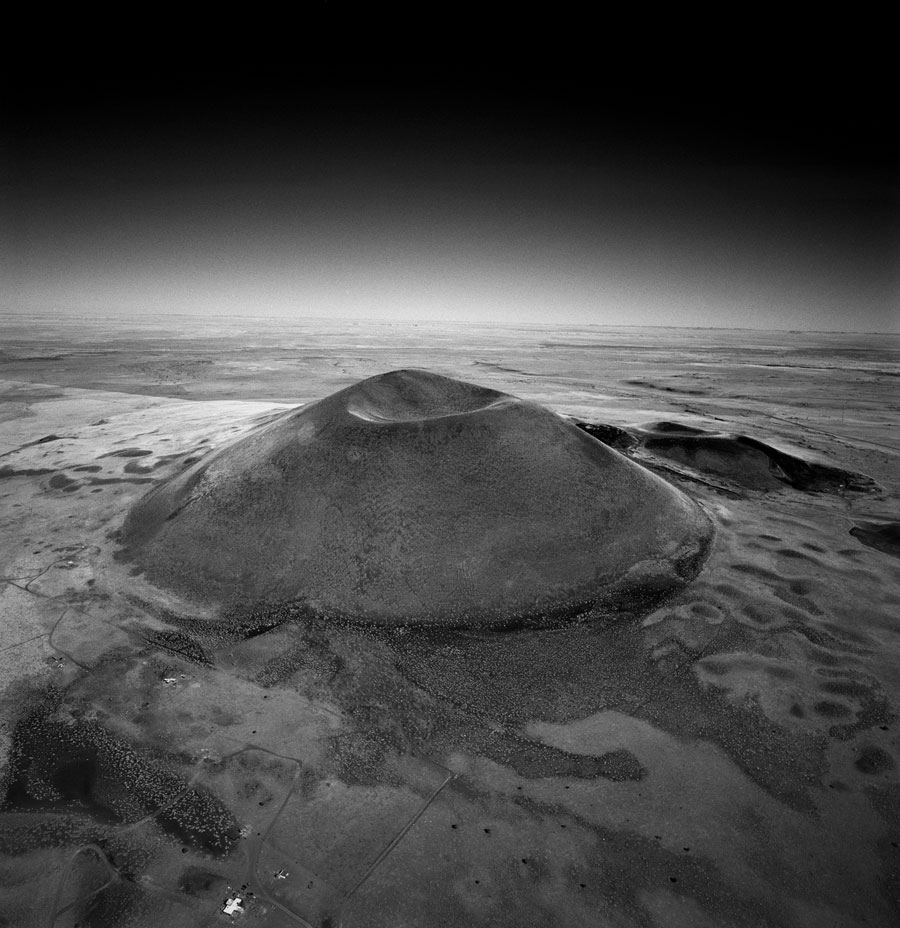
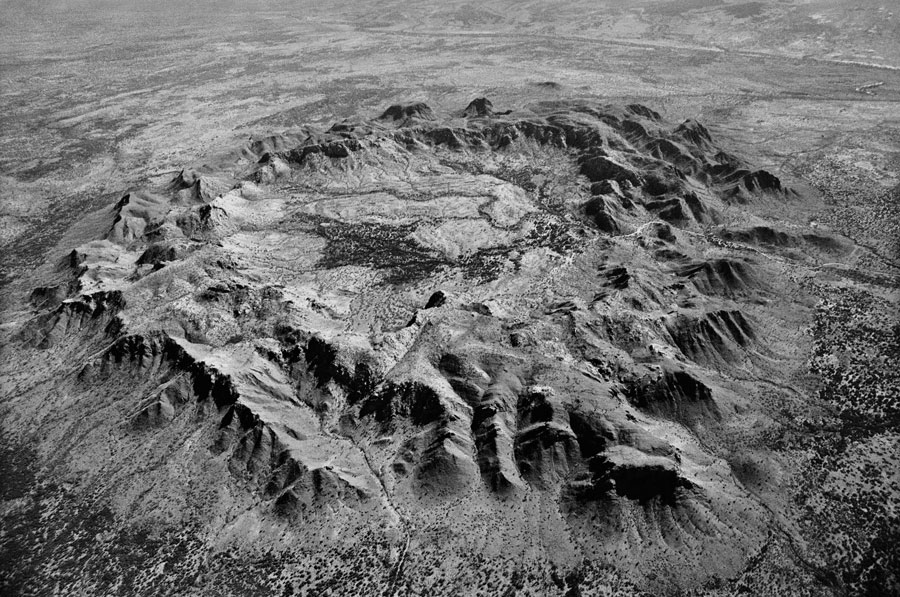
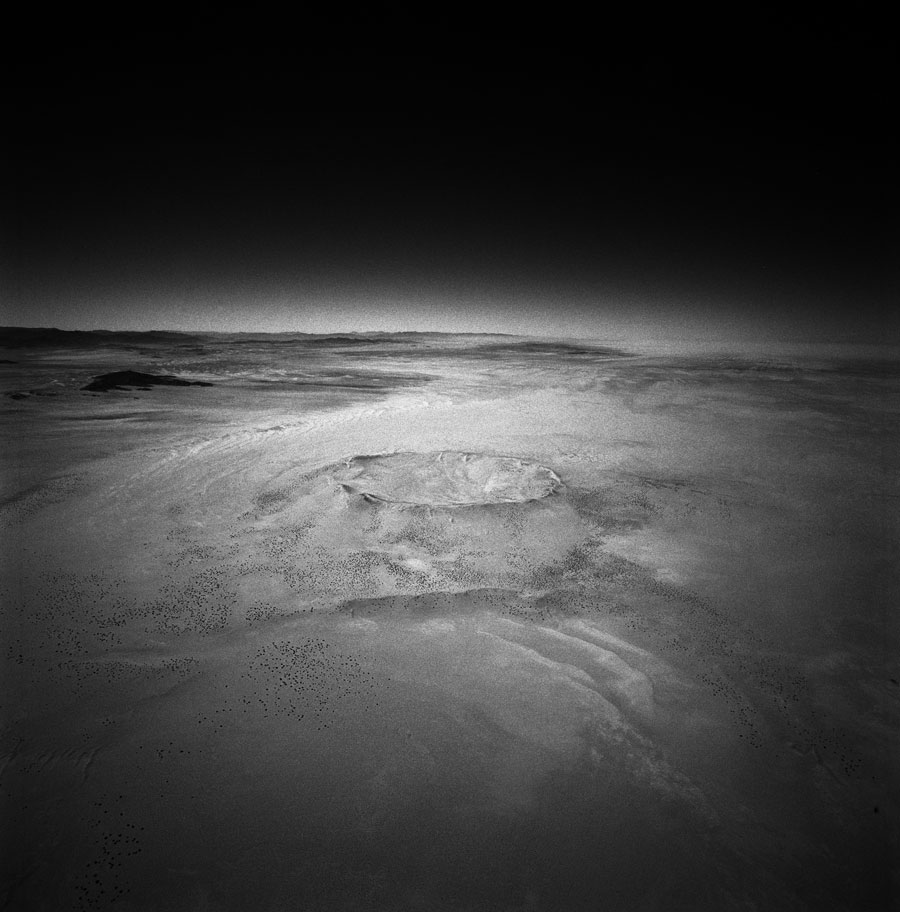
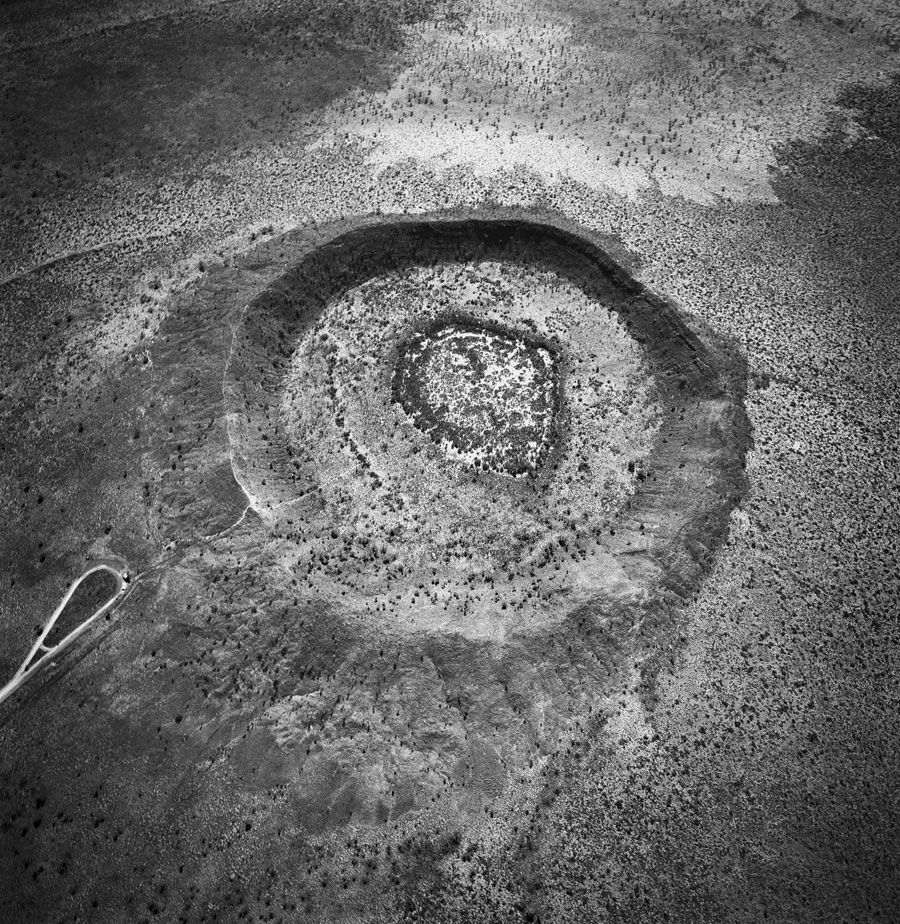
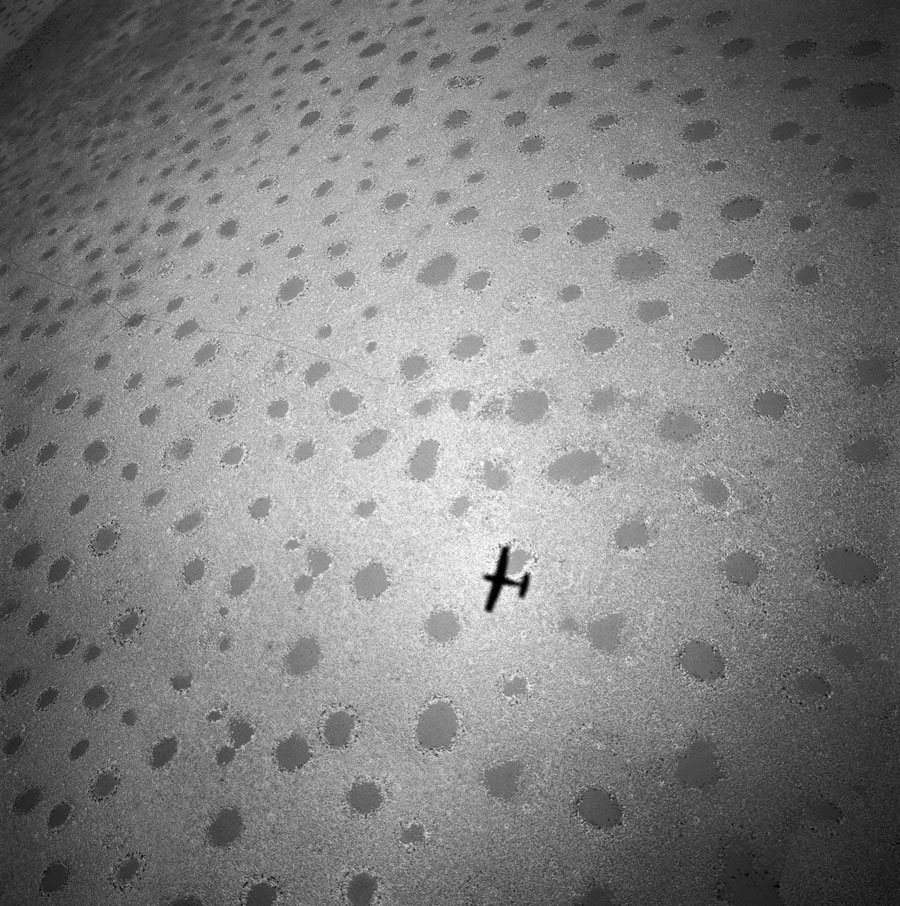


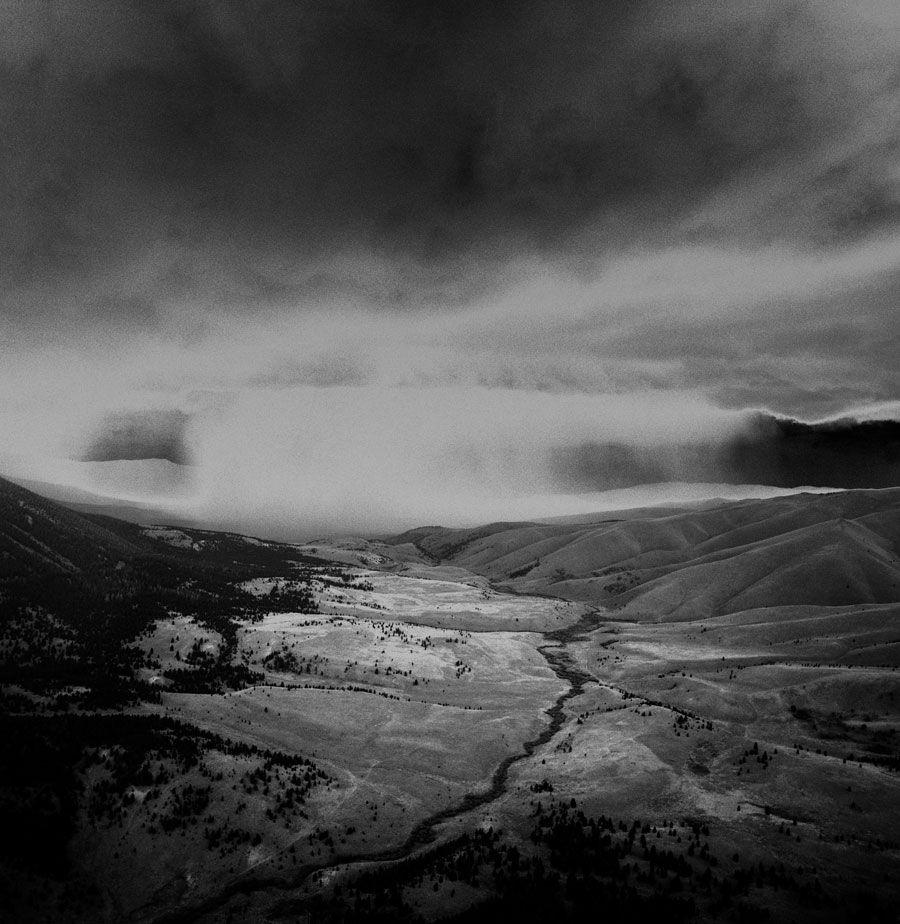
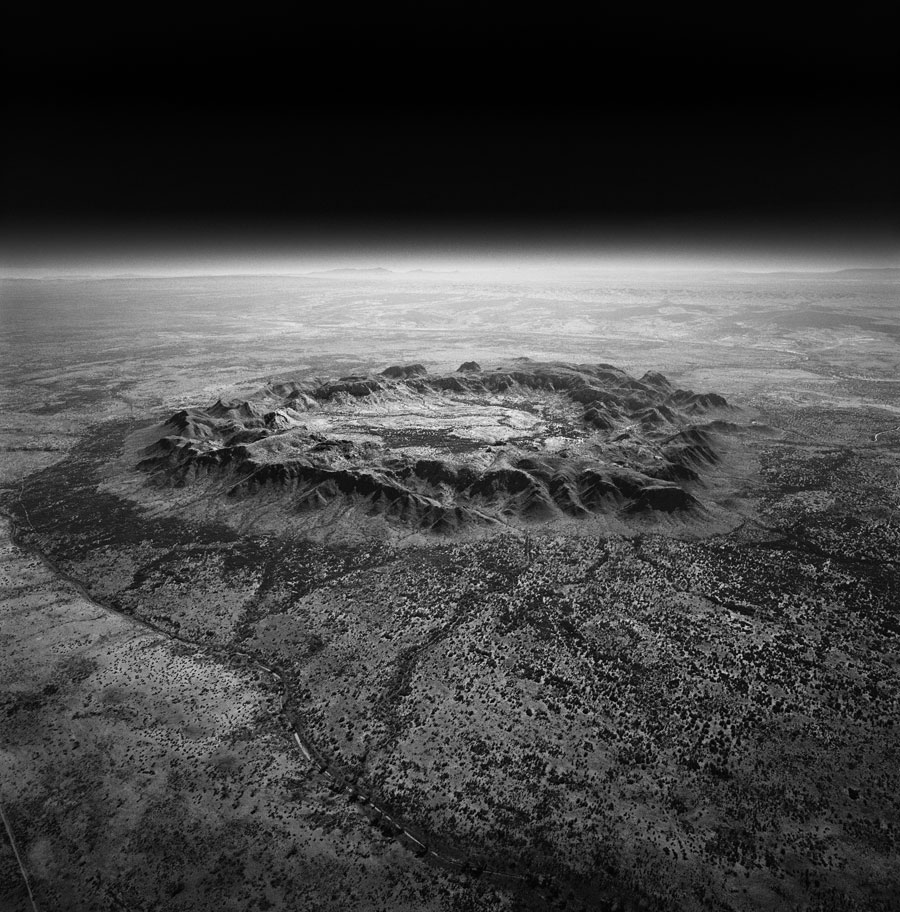
Interview continued
What was the process like of scouting the areas and determining your approach?
There was a lot of research that went into these photographs. Each crater took months of work. Each crater has a story from the native people living in the area or from my experiences of making the photographs.
For example, the Upheaval Dome crater: The helicopter was old and worn and so was the pilot. I wasn’t nervous until we were three thousand feet above Moab, which is all treacherous rock canyons. I turned to the pilot to ask him to lean the machine sideways, and he had fallen asleep! I thought it might be a heart attack and realized it would be hard, if not impossible, for me to land because I didn’t know how to fly and there was no instruction manual. I grabbed him and shook him a bit and he woke up. We landed safe.
At the Roter Kamm crater, the helicopter pilot and I flew across two deserts to get there. It took two days—plenty of interesting stories. I was so excited see such a beautiful place and also cautious at the same time because of the danger involved. The desert was a restricted area and we were not allowed to land. When we started to approach the crater, I could see it from far away. Then the helicopter got closer and we could see the size of the crater. And the helicopter pilot said to me, “We came all the way out here for this?”
Without context, we don’t necessarily know what we’re looking at in these pictures—the sites could be lunar for all we know. What did you set out to create?
In this work I was interested in mortality—the beginning of the Earth and the end.
Any advice for those of us who’d rather not be crushed by a passing asteroid?
I have no advice as to if or when a meteorite could hit the Earth. If truth and memory are part of these photographs, then eventually I guess it makes sense that one will fly towards us some day.
What are you working on now?
My next project is a secret. You could always guess.
